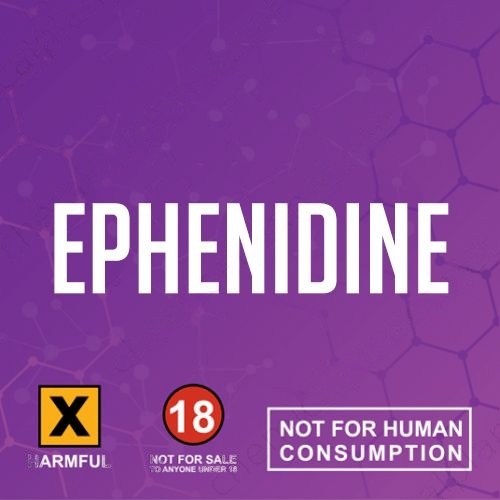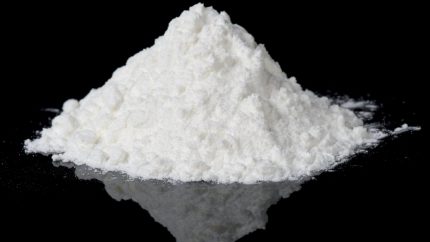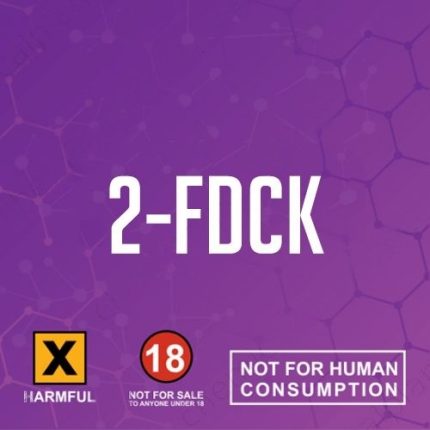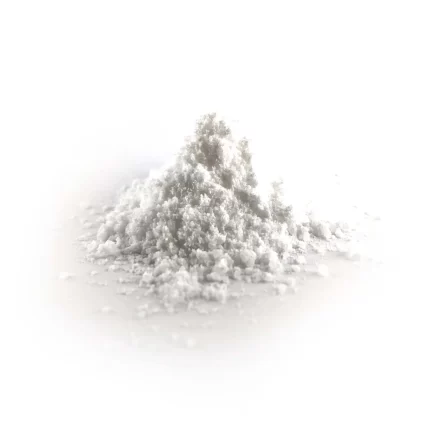Your cart is currently empty!
Ephenidine
What is Ephenidine? Ephenidine, also called EPE and NEDPA, is a relatively unknown dissociative substance belonging to the Diarlethylamines class of compounds.
Description
What is Ephenidine?
Ephenidine, also called EPE and NEDPA, is a relatively unknown dissociative substance belonging to the Diarlethylamines class of compounds. Very little is known about the Ephenodine; however, it is structurally similar to both Diphenine and Methoxphenidine. Moreover, it has been used by some researchers as a substitute for methoxetamine(MXE), although there is some debate regarding how similar the two substances truly are.
Ephenidine has been banned in several countries, owing to its status as a structural isomer of the illegal opioid Lefetamine, also known as Sentenol.
Ephenidine has been banned in the following countries:
-Canada
-Germany
-Sweden
-Switzerland
-Turkey
-United Kingdom
-United States
Note: Ephenidine is for research purposes only and is not approved for human consumption. All necessary precautions should be taken when handling Ephenidine.
Chemical Properties of Ephenidine
Chemical Formula: C16H19N
Full Name: N-Ethyl-1,2-diphenylethylamine
Molar Mass: 255.335 g/mol
Purity: >98%
Just like Diphenidine and MXP, Ephenidine has a diphenylethylamine skeleton and acts as an NMDA receptor antagonist. NMDA receptors facilitate communication between the brain and spinal cord, an action required for normal brain function. For this communication to occur, NMDA receptors must remain open, an action facilitated by the binding of the neurotransmitters Glutamate and Glycine to the receptor sites. If another molecule, such as Ephenidine, were to bind, the NMDA receptors would be rendered closed, resulting in a reduced level of communication between the brain and the rest of the body.
It is this reduction in communication that accounts for the classic dissociative effects typically produced by chemicals of this class.
As with all NMDA receptor antagonists, long-term use will inevitably result in increased tolerance levels. This may prove dangerous, as the LD50 of Ephenidine is still unknown, and researchers may increase the dosage to account for an increased tolerance level may be putting themselves at risk.
Little is known about dosage information, and what little is known has been derived from anecdotal reports. However, it would appear most researchers consider a light dose to be somewhere between 30mg and 70mg, a normal dose between 70mg and 100mg, and high dose to be anything more than 100mg.
Effects usually begin ten to 30 minutes after ingestion, with total effects lasting somewhere around five to seven hours. Once again, very little information is available on this substance, and all researchers should proceed with caution.
Effects and possible warnings of Ephenidine
- Loss of motor skills: The closing of the NMDA channels reduces communication between the brain and the peripheral nervous system, which will inevitably result in loss of motor skills.
- Physical Euphoria: Substances such as PCP and Ketamine have been abused as recreational substances for decades, a phenomenon owing largely to the high levels of physical euphoria they induce. Although it is not fully known how similar Ephenidine is to these two substances, one can reasonably assume it to have similar effects in this regard.
- Numbness: The reduced communication between the spine and brian ultimately leads to numbness at certain doses.
Depersonalization/Dissociation: Often referred to as ‘k-holing’ amongst Ketamine users, this sensation describes the complete loss of control of one’s bodily functions. Some individuals have described this experience as something between intoxication and coma as it is usually accompanied by immobility and a loss of communication skills. For some users, this state is terrifying, whereas it may be the desired effect for others.
Hallucinations: Just like psychedelics, all dissociatives can induce hallucinations at high enough doses. However, due to the lack of research on Ephenidine, it is still unknown how this substance compares to other, more well studied, dissociatives such as Ketamine and PCP.
Time distortion: Dissociatives, in general, are known to cause a high level of time distortion amongst researchers, especially when at high doses.
Short term memory loss: Although the exact mechanism is not fully understood, NMDA receptors play a role in the formation of short term memories. As a result, substances of the dissociative class often impede short term memory formation, mostly when consumed at high doses.
Where to buy?
At Chemical Planet, we offer high quality, laboratory-grade Ephenidine. Chemical Planet is the premier option for those looking to buy research chemicals. Please note, you must be at least 18 years of age or older to purchase Ephenidine from Chemical Planet. All research chemicals sold are for use in laboratory-based research and experimentation and not for human consumption.
Additional information
| Product Variant | Crystal |
|---|---|
| Amount | 1g, 2g, 3g, 5g, 10g, 25g, 50g, 100g, 250g, 500g |
Related products
-
2-FDCK HCL
$12.50 – $1,800.00 -
2-FDCK HCL
$15.00 – $6,299.95 -
2-FDCK Spray Bottle
$60.00 – $250.00 -
2C-E HCL
$20.00 – $50.00 -
3-CL-PCP HCL
$15.00 – $70.00






Reviews
There are no reviews yet.